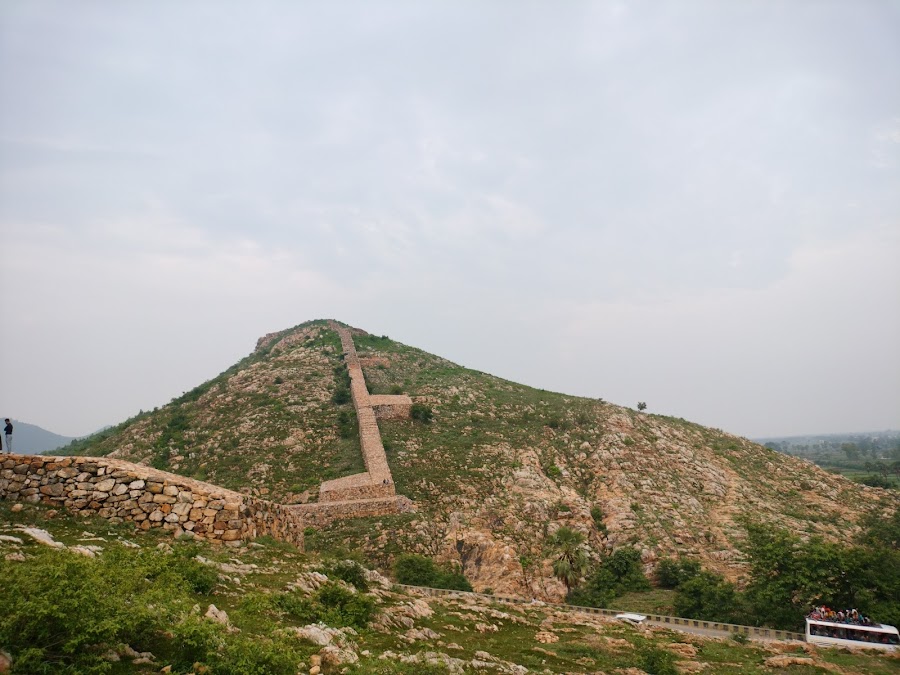
Cyclopean Wall
Rajgir, India
- Enjoy scenic views
- Explore ancient wall ruins
- Learn about its history
- Photography of the structure
- Walk along wall's path
Known for:
Description:
The Cyclopean Wall of Rajgir is an ancient stone structure, a remarkable example of pre-Mauryan architecture. Constructed with massive, unmortared stones, it encircles the ancient city of Rajgir, showcasing the sophisticated engineering skills of the time. This wall, though partially ruined, stands as a testament to the city's historical significance and provides a glimpse into the past. Visitors can walk along sections of the wall, marveling at the sheer size and scale of the stones and imagining the city's history. It's a unique experience that combines history, architecture, and scenic views.
History:
The Cyclopean Wall is believed to have been built before the Mauryan Empire, possibly during the reign of the Bimbisara dynasty, around the 6th century BCE. It was constructed to protect the ancient city of Rajgir, which was then the capital of the Magadha kingdom. The wall's unique construction, using large, unmortared stones, is a testament to the early engineering techniques of the time. Over centuries, parts of the wall have been damaged by time and natural elements, but significant sections still stand, offering a tangible link to the region's rich history. It is a significant archaeological site for understanding ancient Indian architecture and urban planning.